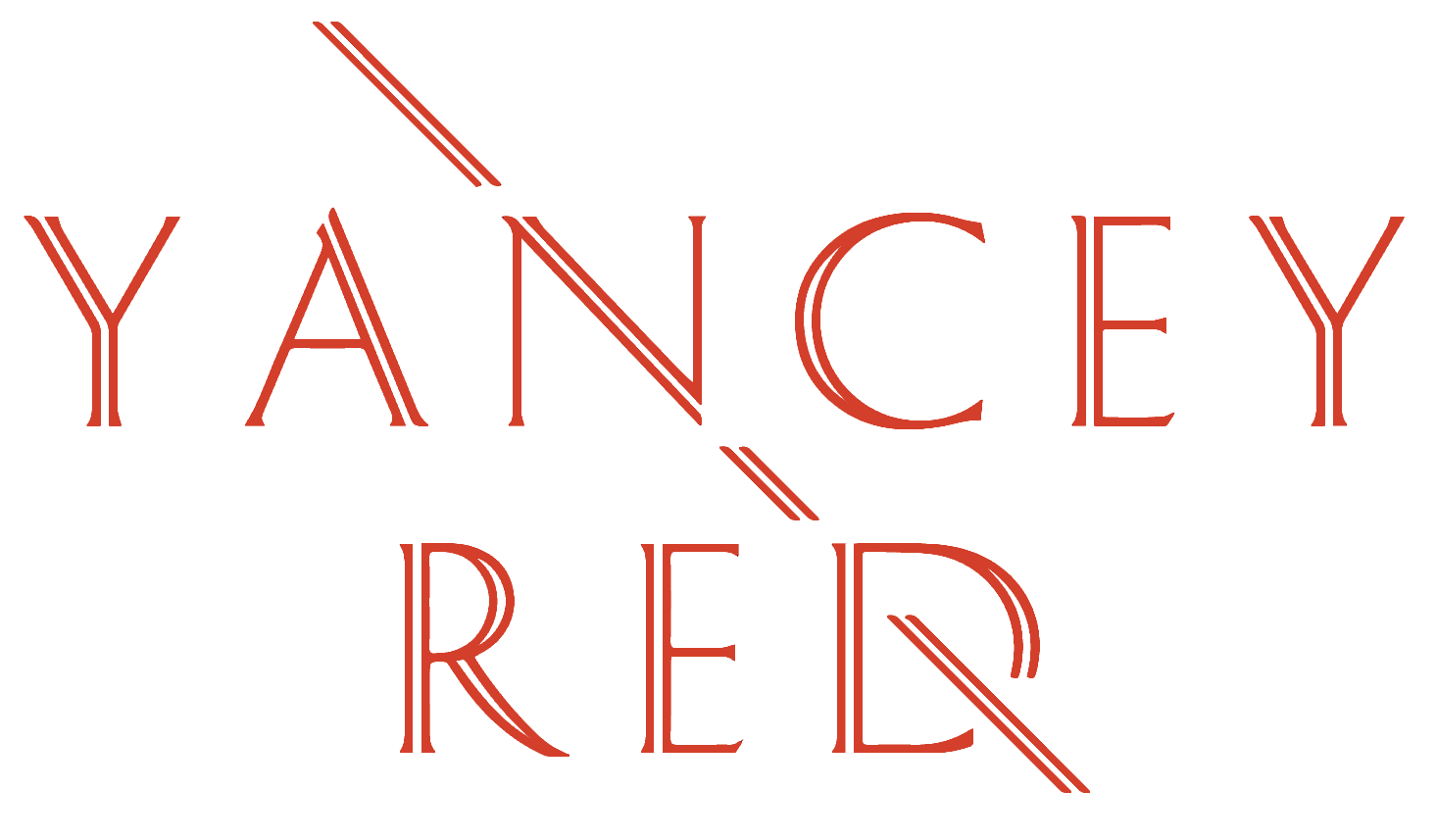Inclusive Social Media Marketing
November, 2021
Accessible marketing isn’t just for your website. All your social media platforms can be geared toward the entirety of your target audience, regardless of their abilities. At the moment, each social platform is a little different in how accessible it is to those with different abilities, and each year the social media giants are becoming more and more progressive.
What is social media accessibility?
This is the practice of curating your social media content (text and visuals) so the widest array of people with and without disabilities can access and understand what you are posting. The way you do this needs to be effective and streamlined so everyone has the best experience possible.
First, an insight.
On October 4, 2021, Facebook, Instagram, and WhatsApp blacked out for several hours worldwide. The platforms went dark and everyone moved to Twitter to connect, complain, work, and get their fix. Businesses lost revenue, agencies like Yancey Red went for a hike in the Vermont woods, employees got bored at work, and collective thoughts went to the Russians. In the end, most folks made fun of themselves and carried on.
Disability advocate, Teighlor McGee, told us it was something more. On her Instagram and Twitter accounts, Black Disability Collective, she shared this:
We’ve seen a lot of abled folks making jokes about Instagram, Facebook, and WhatsApp being down today and it’s not okay. So many folks rely on these apps as their only means of staying connected. We need to do right by everyone in our community and take folks very real fears seriously. If you’re an abled person how are you going to do the work to ensure disabled folks aren’t disenfranchised if social media apps go down?? That works is apart of mutual aid as well.
Social media is how we all connect and for some people, it’s the only way for them to connect. Inclusive posts benefit everyone.
Here are tips for improving the accessibility for your text, images, alt-text, and video on social media:
Accessible Text on Social Media
Write in plain language without slang using short sentences.
Don’t use all caps for words as it’s often misinterpreted by screen readers.
Capitalize the first letter of each hashtag word to prevent screen reader errors. This is called Camel Case or Camel Backing.
Place hashtags only at the end of a caption because punctuation is read aloud by screen readers.
Replace “click-here” with descriptive CTAs like Sign Up, Learn More.
Look up how emojis are read aloud by referencing this Twitter account @Emojipedia
Use automatic captioning when available on videos.
Accessible Images on Social Media
Add a custom image description, don’t rely on object recognition technology.
Write alt-text when scheduling via your content management system or when uploading direct. Here’s how to do it using iPhone and Android to Instagram, Facebook, Twitter, LinkedIn.
If Alt Text isn’t an option, manually write image descriptions separate from the caption.
Tips for Writing Awesome Alt-Text
Don’t write “image of” or “photo of” or “GIF of”.
Don’t repeat anything from the caption and don’t use the same alt-text twice.
Be super descriptive using words to describe color and details.
While being descriptive, also be brief.
Describe the feelings and emotions of the image: sadness, joy, humor, patience.
Write any text out that is in the image.
Inclusive Video
Always use captions in every video. Use automatic captioning or upload an .srt file with the video.
Add video descriptions (audio, transcript, video) to show the feel, sounds, and look of a video.
This information is always changing as social media channels get wise to accessibility and as technology changes. Continue to educate yourself by following accounts that educate on accessibility and talk to your audience. Ask them what they need. And remember, when you keep it interesting and accessible, you’re doing good by you.
